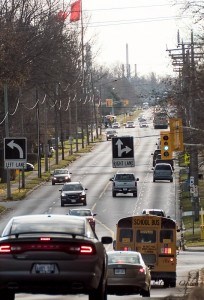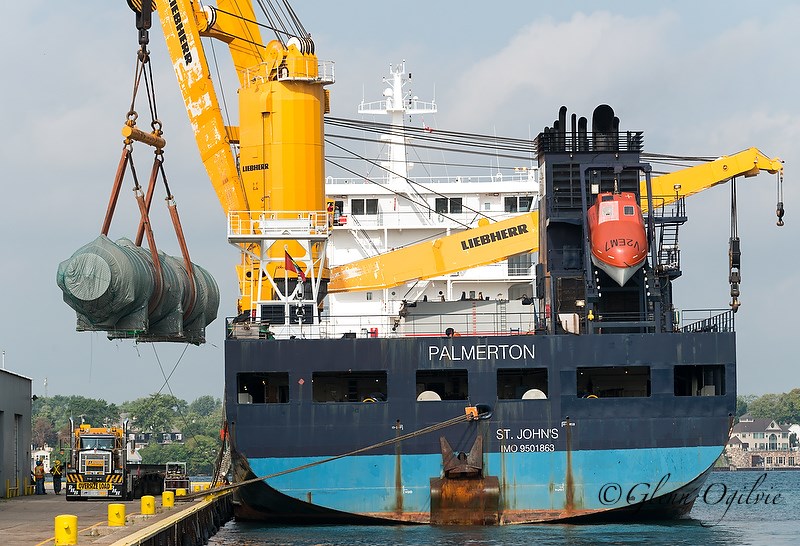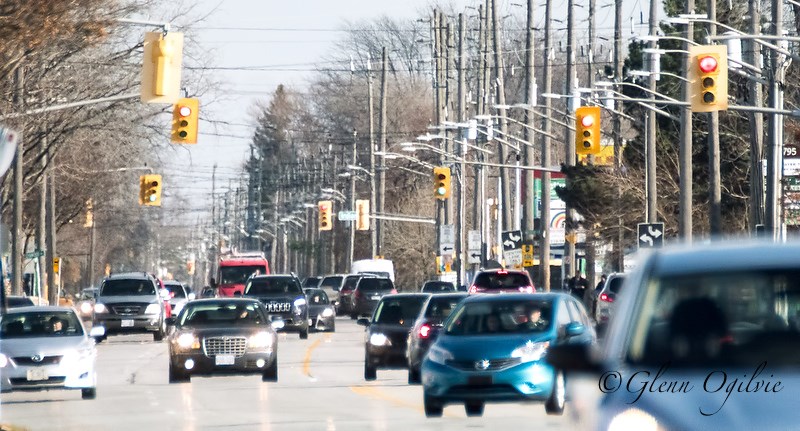Troy Shantz
Sarnia has completed its business case and anted up the first $600,000 to create a road route that links 11 fabricating companies with Sarnia Harbour and access to international markets beyond.
The $12-million ‘Oversized Load Corridor’ is scheduled to roll out over four years and would be the first project of its kind outside of Fort McMurray, Alberta.
A detailed business case study by Canadian Pacific Consulting Services has found such a corridor would help area fabricators reach new customers in Atlantic Canada, the U.S. eastcoast,Mexico and the Middle East. It could also generate up to $9.5 million in additional annual sales while retaining and creating new jobs in the high-wage manufacturing sector.

The corridor would allow for trucks to reach the harbour carrying prefabricated vessels or other cargo up to nine metres (30 feet) wide, eight metres (26 feet) high, and weighing a total of 120,000 kilos (264,000 lbs.).
Peter Hungerford, Sarnia’s director of economic development and corporate planning, said upgrades are needed to various intersections, road shoulders, curbs and more than 40 culverts.
Utility poles would need to be replaced and traffic signals and streetlights upgraded. Where possible, swing-arms could be installed on streetlights, making it easy to move them when a load comes through, he said.

Sarnia Harbour is also getting a facelift. The dredging project this fall has allowed for fully loaded ships again and improvements to docks on the north slip will establish specific areas where roll-on and crane access is possible.
Currently, oversized loads that pass through the city cost as much as $150,000 to pull off, and require permits and arrangements with local and provincial governments.
“It’s quite a logistical challenge,” said Hungerford, adding utility, phone and cable companies need to be involved to ensure hydro lines and other cabling isn’t disturbed.
Because no oversized route is currently available, each load requires engineering surveys to ensure roadways can handle the weight and width.
Though permitting will still be required, other costs can be greatly reduced.
The project hinges on Sarnia securing two-thirds funding from the federal and provincial governments, with the city providing about $1 million a year over four years.



